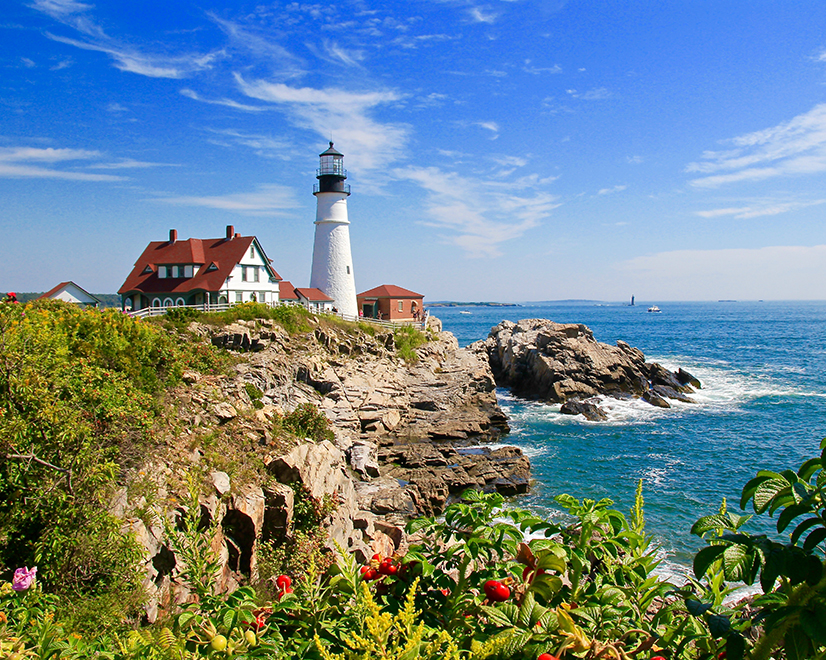
Maine’s long-standing offshore wind goal will get a facelift as part of the state’s offshore wind roadmap initiative now underway.
A goal to build 5 GW of wind generation in federal and Maine coastal waters by 2030 is set out in state statute, but Celina Cunningham, deputy director of the Governor’s Energy Office, says it would be difficult to meet.
The new roadmap provides an opportunity “to really look at what is realistic given our beneficial electrification and load growth … and build on that all the way to 2050 and look at what the options are in terms of offshore wind for Maine,” she said on Wednesday during an Energy Strategy and Markets working group meeting for the initiative.
As the working group considers the overall offshore wind production potential for the next 30 years in the Gulf of Maine, it also will look at other states’ existing goals and how Maine could support them, Cunningham said.
The working group is one of four that will provide recommendations to an advisory committee responsible for compiling the final roadmap. The other working groups will cover manufacturing, supply chain, ports and harbors; wildlife and habitat; and fisheries.
Initial working group recommendations are due by the end of this year, and the advisory committee plans to release the final roadmap in December 2022.
Former Maine Gov. John Baldacci signed a law in 2010 implementing the recommendations of the Governor’s Ocean Energy Task Force, which included the current 5-GW goal. But the state’s offshore industry has yet to takeoff, and a lot has changed for Maine and the industry over the last decade.
Maine Gov. Janet Mills signed a bill in July that prohibits, with certain exceptions, new offshore wind projects in state waters to preserve areas used for fishing and recreation. She also signed a law that directs regulators to enter a long-term contract for a 144-MW floating offshore wind research array, planned for development off Maine’s southern coast. The project builds on the 11-MW Aqua Ventus floating wind pilot project, which is under contract and will help the state understand how floating technologies can support deep-water development.
The working group will look closely at global trends in floating wind technology and try to identify areas where Maine could lead in that market, Cunningham said.
In addition, she said, the group will identify opportunities to advance innovations for colocation technologies, such as hydrogen, and strategies for making Maine “a hub for floating offshore wind.”
The group’s work will include studying transmission and socioeconomic issues as well as regional collaboration.
“We will look at transmission design options, whether it be coordinated transmission … or the potential for onshore interconnection points, and what is necessary … to get the energy either to the region or to Maine,” she said.
Any recommendations for transmission in the roadmap will take into consideration impacts to marine and fishing industries.
In its review of socioeconomic issues, such as tourism and recreation, the group will collaborate with the supply chain working group to better understand workforce development opportunities.
“I think there’s growing interest in having a more holistic perspective from a socioeconomic standpoint,” Cunningham said.
As all the working groups develop their recommendations, they will work with what David Plumb, senior mediator at the Consensus Building Institute, calls “an equity lens.”
The advisory committee, Plumb said during the meeting, will provide the working groups with core guiding principles relating to understanding impacts to marginalized communities, distribution of benefits and burdens, and public engagement.
The Maine Climate Council’s Equity Subcommittee is working on equity considerations already for the state’s energy transition, and the roadmap process will “build off that thinking,” he said.


